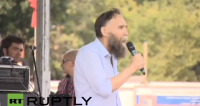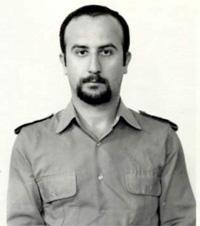The Third Totalitarianism (critique from the Fourth Political Theory stand)
In Political Sciences, the concept of totalitarianism is subtended in communist and fascist ideologies, who openly proclaim the superiority of the whole (class and society in communism and socialism; State, in fascism; race in national-socialism) over the private (individual).

























